Motivation Theory Research and Application 6th Edition by Herbert L. Petri – Test Bank
Suggested Price: $25.00
Edition: 6th Edition
Format: Downloadable ZIP File
Resource Type: Test Bank
Duration: Unlimited downloads
Delivery: Instant Download
Motivation Theory Research and Application 6th Edition by Herbert L. Petri – Test Bank
CHAPTER 5 – Test Bank
Learned Motives: Classical, Instrumental, and Observational Learning
[Note: After each question, the correct answer, the textbook page from which it comes, and the question type is provided.]
1. In Pavlov’s experiment, removing the UCS and only presenting the CS will eventually lead to:
a. motivation
b. reinforcement
c. extinction
d. learning
[c 150 factual]
2. In Pavlov’s classical conditioning experiments, the meat powder was the:
a. UCS
b. CS
c. CR
d. UCR
[a 150 factual]
3. In classical conditioning, the organism is relatively:
a. active
b. alert
c. passive
d. unconscious
[c 151 factual]
4. In an experiment by Pavlov, dogs were required to make finer and finer discriminations between circles and ellipses. When the dogs could no longer reliably discriminate, they:
a. behaved randomly
b. became passive and depressed
c. became vicious and aggressive
d. developed “neurotic” behavior
[d 152 factual]
5. Pavlov’s work with experimental neurosis showed that:
a. instrumental conditioning can lead to motivated behavior
b. classical conditioning can lead to motivated behavior
c. neither classical nor instrumental conditioning is involved in motivated behavior
d. people can be conditioned to be neurotic
[b 152 conceptual]
6. In Watson’s and Rayner’s experiment with the infant “Little Albert”:
a. the white rat was the UCS causing fear
b. the loud noise caused by striking the metal bar was the UCS for fear
c. the white rat became the CS for fear
d. Watson became the CS for fear
[b 153 factual]
7. Wolpe’s therapeutic technique called systematic desensitization:
a. is a type of instrumental conditioning
b. uses an anxiety hierarchy
c. pairs relaxation and real anxiety producing people and activities
d. is based on operant conditioning
[b 154 factual]
8. As it relates to systematic desensitization, the term counterconditioning means:
a. to condition with an aversive stimulus
b. to extinguish a previously acquired response
c. a conditioning procedure in which a negative CS is paired with a positive UCS
d. to condition with an internal CS
[c 154 factual]
9. The research of Mary Cover Jones (1924) demonstrated that:
a. fear can be eliminated through classical conditioning
b. fear is permanent
c. fear is easy to develop
d. instrumental conditioning can reduce fear
[a 154 factual]
10. In intero-exteroceptive conditioning:
a. both the UCS and CS are applied externally but the response is internal
b. both the UCS and CS are applied internally but the response is external
c. the CS is applied internally and the UCS externally
d. the UCS is given internally and the CS is given externally
[c 154 factual]
11. Which of the following is not true of interoceptive conditioning?
a. it requires conscious experience or awareness of the conditioning
b. it is usually unavoidable
c. it can lead to maladaptive behaviors
d. it is more permanent than external classical conditioning
[a 154-155 factual]
12. In the experiment with the “tasty” and “bright-noisy” water, the footshock group:
a. associated the tasty water with the shock
b. did not associate the tasty water with the shock
c. did not associate the bright-noisy water with the shock
d. did not show any preferences in the study
[b 156 factual]
13. Taste aversion learning is best viewed as:
a. modeling learning
b. classical conditioning
c. instrumental conditioning
d. operant conditioning
[b 156 factual]
14. In the experiment by Garcia and Koelling (1966), a group of rats was exposed to a taste cue followed by X-rays which made the rats feel sick. Later, these rats:
a. avoided light and sound cues
b. did not avoid the taste cue
c. avoided the taste cue
d. were neutral in their behavior toward the taste cue
[c 156 factual]
15. Taste aversion studies suggest that:
a. organisms are prepared to make some associations more readily than others
b. learned associations are the same across species
c. learned associations are all basically unprepared
d. prepared, unprepared, and contraprepared associations are all accomplished in the same way
[a 157 conceptual]


MAECENAS IACULIS
Vestibulum curae torquent diam diam commodo parturient penatibus nunc dui adipiscing convallis bulum parturient suspendisse parturient a.Parturient in parturient scelerisque nibh lectus quam a natoque adipiscing a vestibulum hendrerit et pharetra fames nunc natoque dui.
ADIPISCING CONVALLIS BULUM
- Vestibulum penatibus nunc dui adipiscing convallis bulum parturient suspendisse.
- Abitur parturient praesent lectus quam a natoque adipiscing a vestibulum hendre.
- Diam parturient dictumst parturient scelerisque nibh lectus.
Scelerisque adipiscing bibendum sem vestibulum et in a a a purus lectus faucibus lobortis tincidunt purus lectus nisl class eros.Condimentum a et ullamcorper dictumst mus et tristique elementum nam inceptos hac parturient scelerisque vestibulum amet elit ut volutpat.


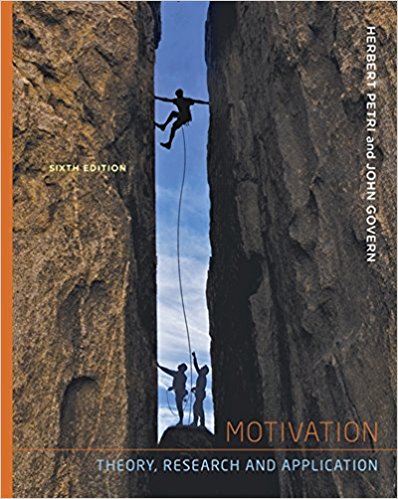
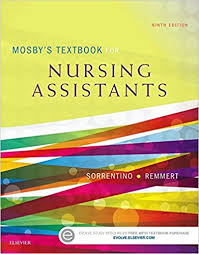
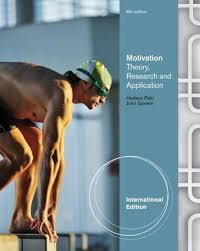



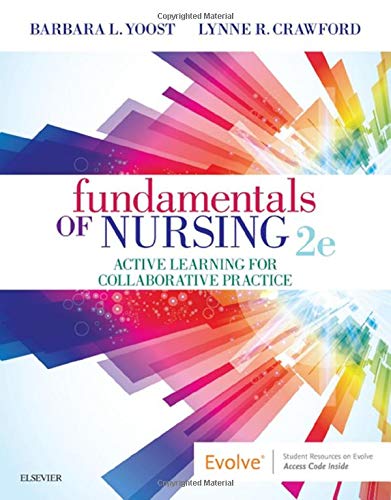

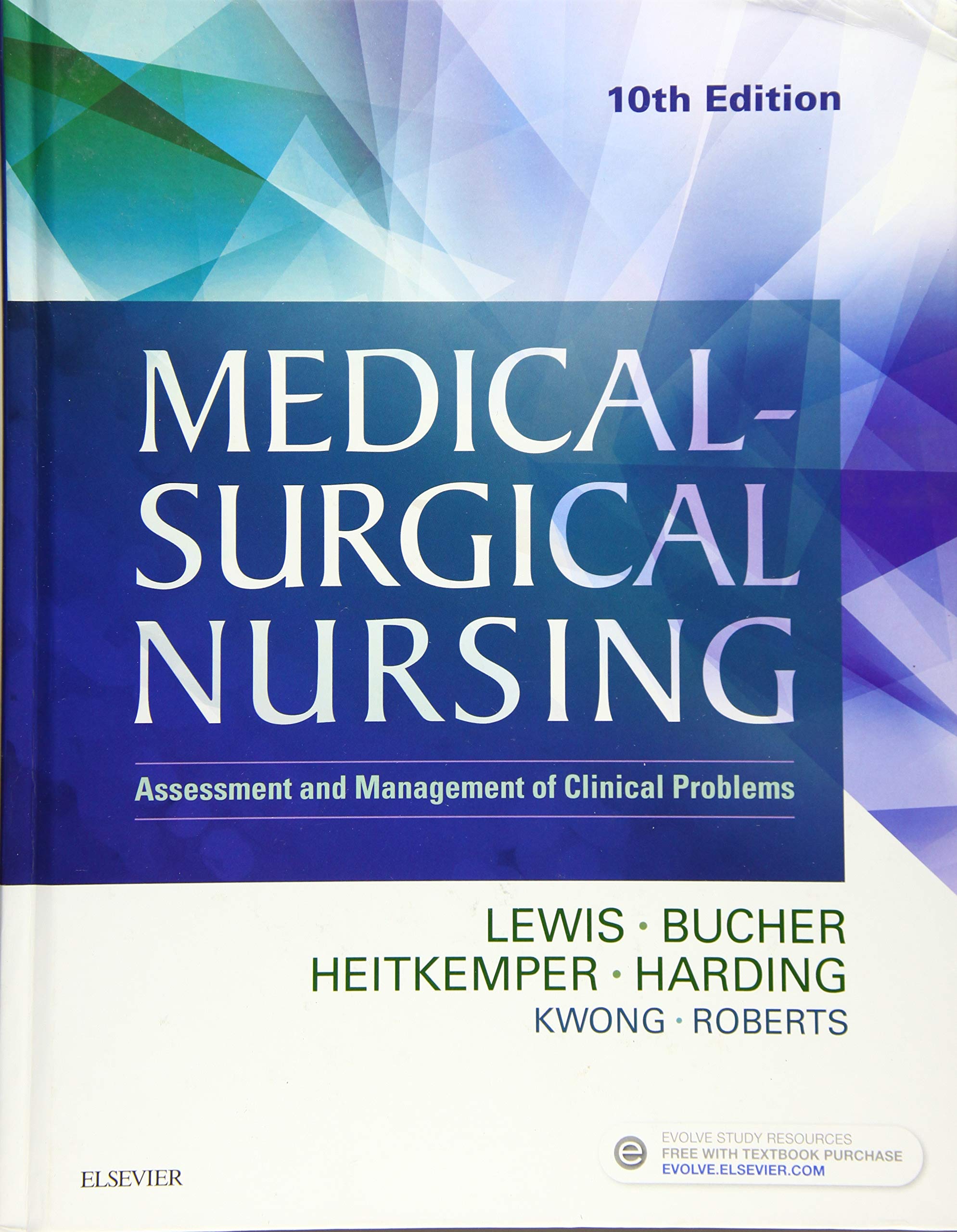
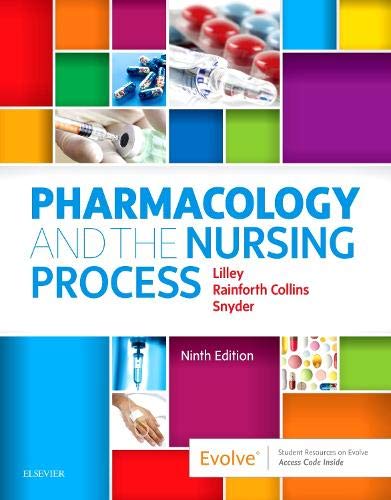
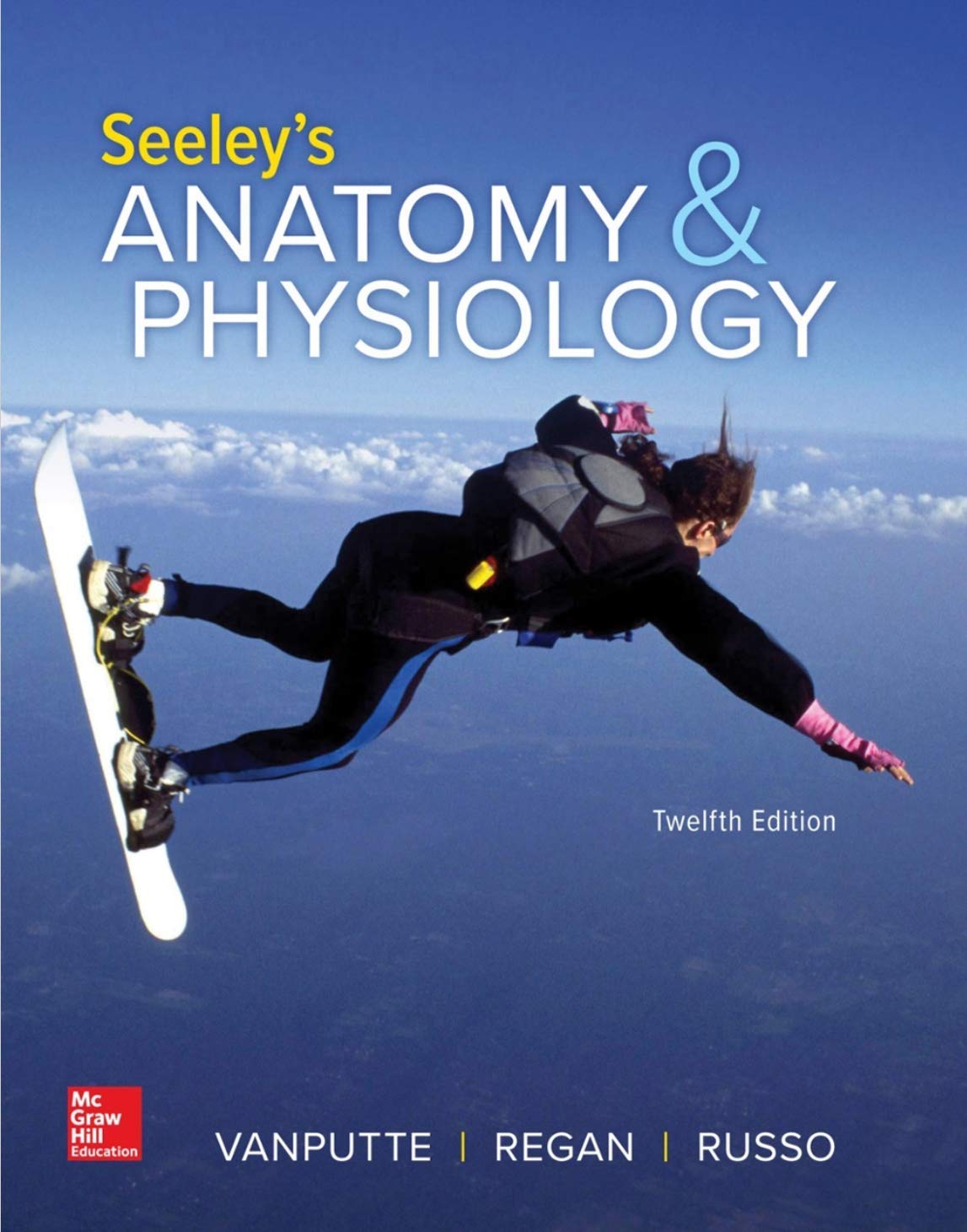
Reviews
There are no reviews yet.